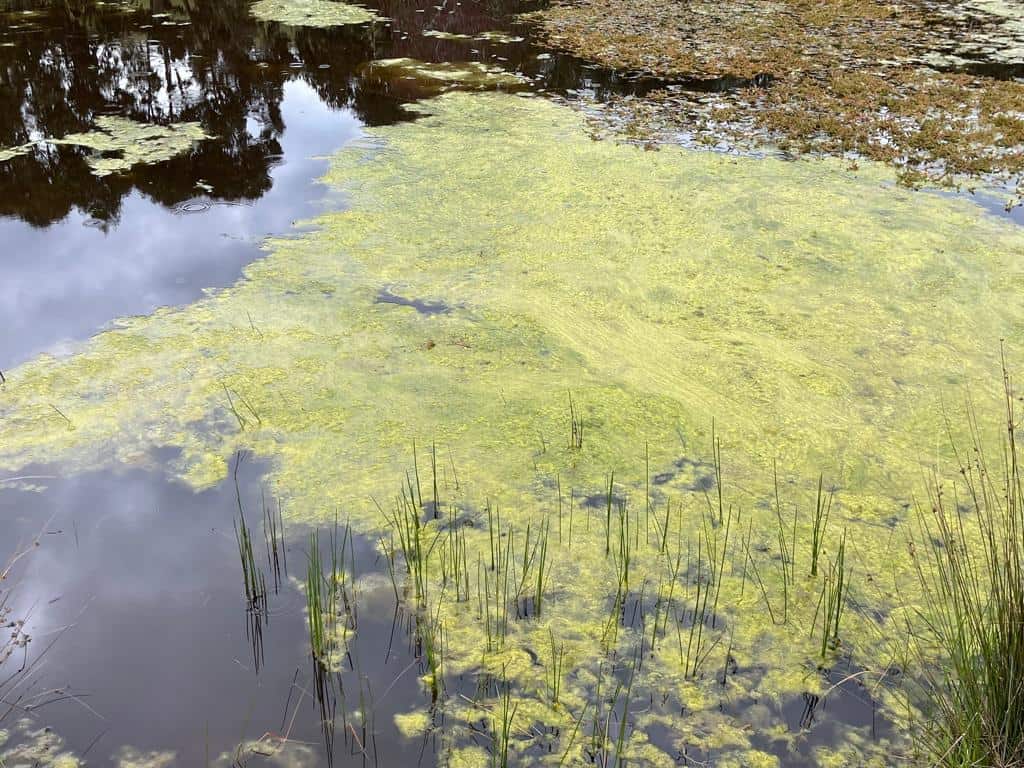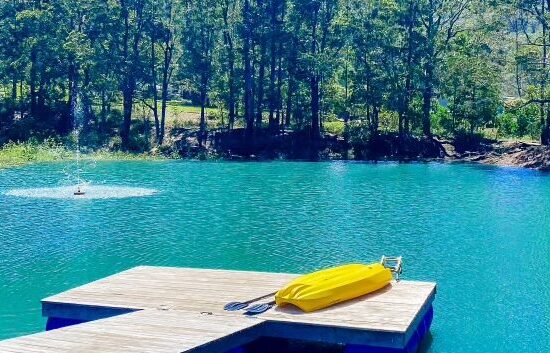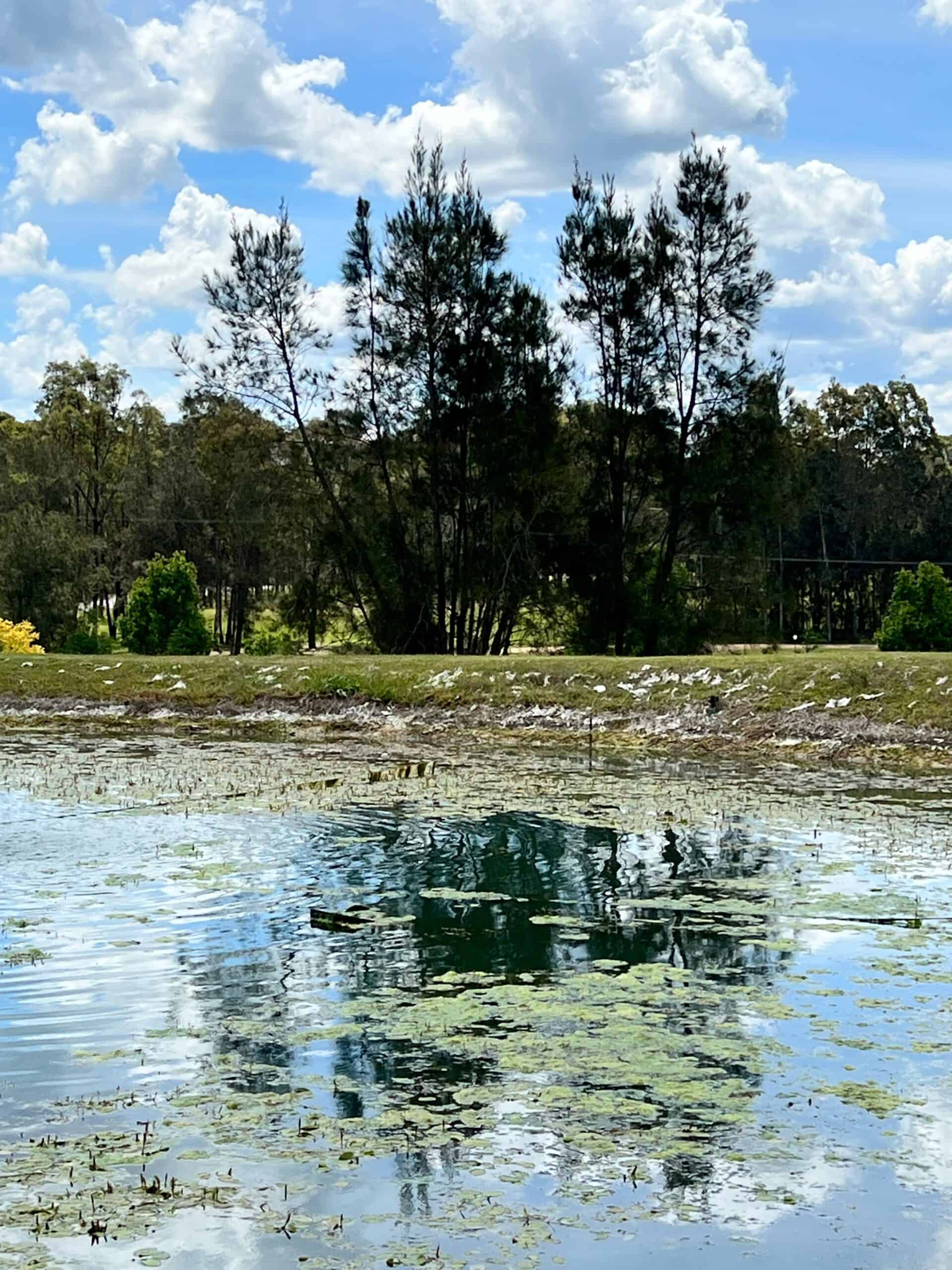
Combatting Algal Blooms: Treatment Solutions
Q. My algae seems to be particularly bad this year. I was thinking of boosting it with Barley Straw Extract. The pond has perch, rainbow fish and waterlilies. Is the extract a good idea? I have recently done a clean out and replaced the water.
ANSWER
The first step in addressing algal blooms is to begin with a clean replacement of the water. This foundational measure helps reset the ecosystem, reducing the nutrient levels that algae thrive on. Once the water has been replaced, a targeted application of algae-inhibiting extracts can provide a boost to inhibit any new growth. However, it is important to note that if a bloom is already present, these extracts will not eliminate it.
Introducing Beneficial Bacteria
Once the water has been cleaned, it’s crucial to introduce Beneficial Bacteria, especially during the spring and summer months. One effective product for this purpose is Muck Breaker tablets. These convenient tablets can be tossed into the water at a rate of four tablets per 1,000 square meters. For best results, monthly applications can be made, increasing to a fortnightly schedule during the warmer summer months. The Beneficial Bacteria consume excess nutrients—essentially starving the algae of their food source and promoting a healthier aquatic environment.
Limiting UV Penetration
Another important factor in controlling algal blooms is to restrict UV penetration in the water. Algal cells thrive on sunlight, using it to fuel their photosynthesis. By limiting this light, you can significantly slow down their growth. There are two effective ways to achieve this: using UV protective shade cloth or applying Aquatic Blue, a highly concentrated food-grade dye that is safe for fish and pets. Aquatic Blue not only limits UV light but is also designed to avoid staining skin, hair, rocks, or sand. It is best applied at the beginning of spring, with a recommendation to top it up every six months for continued effectiveness.
I
.




